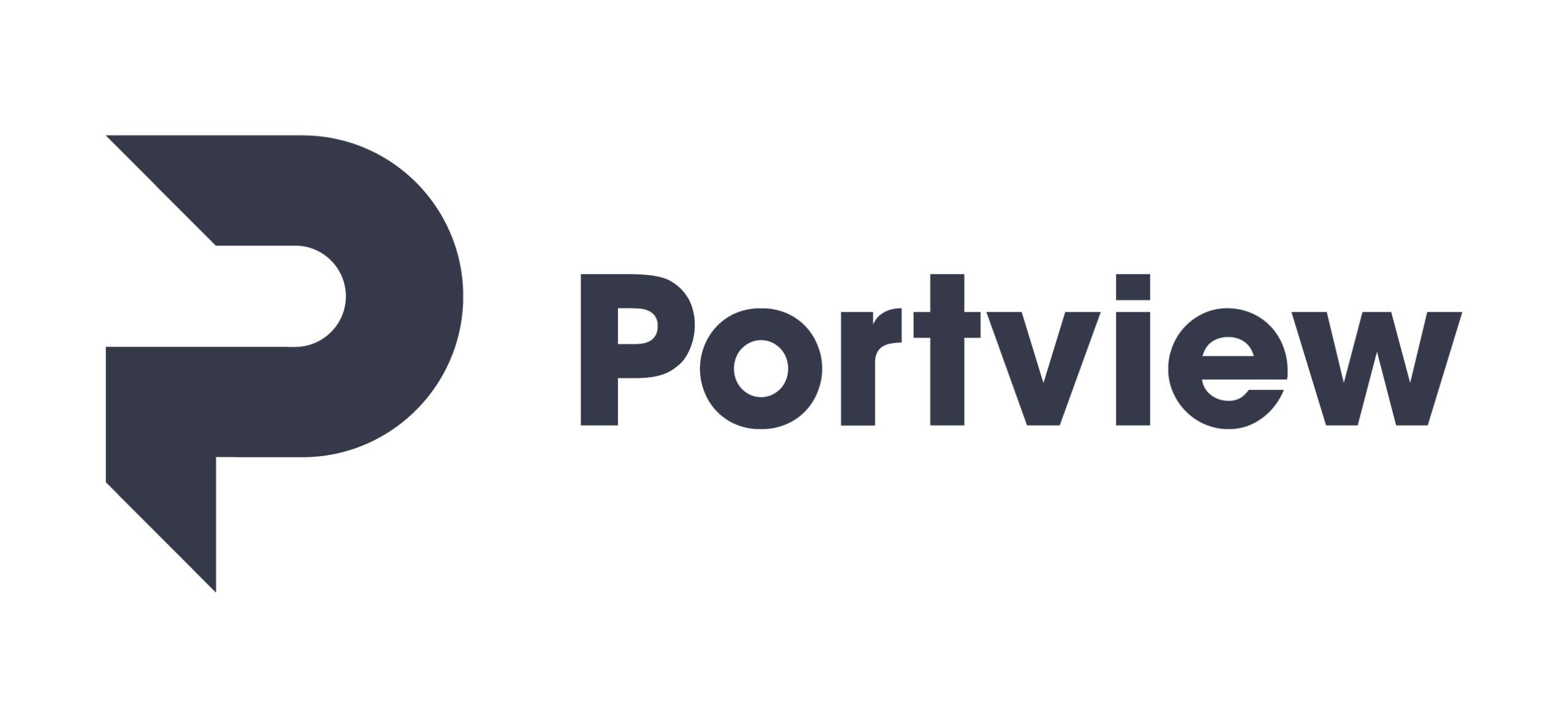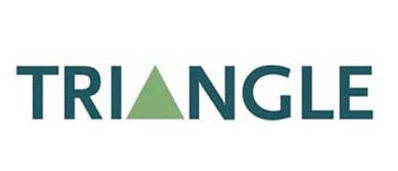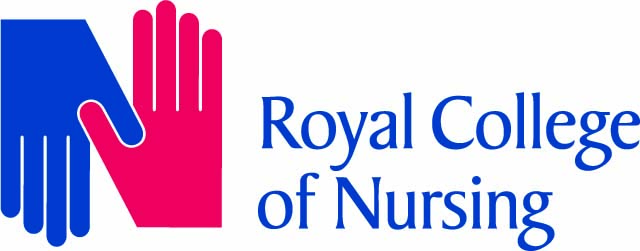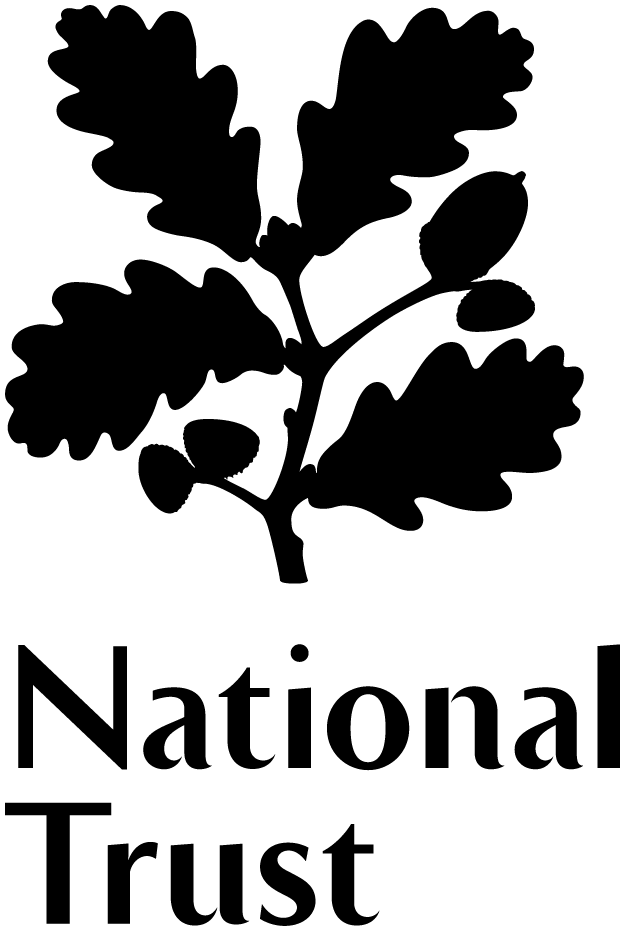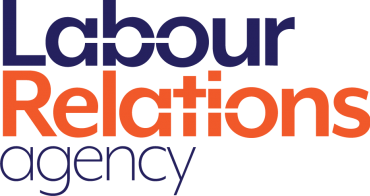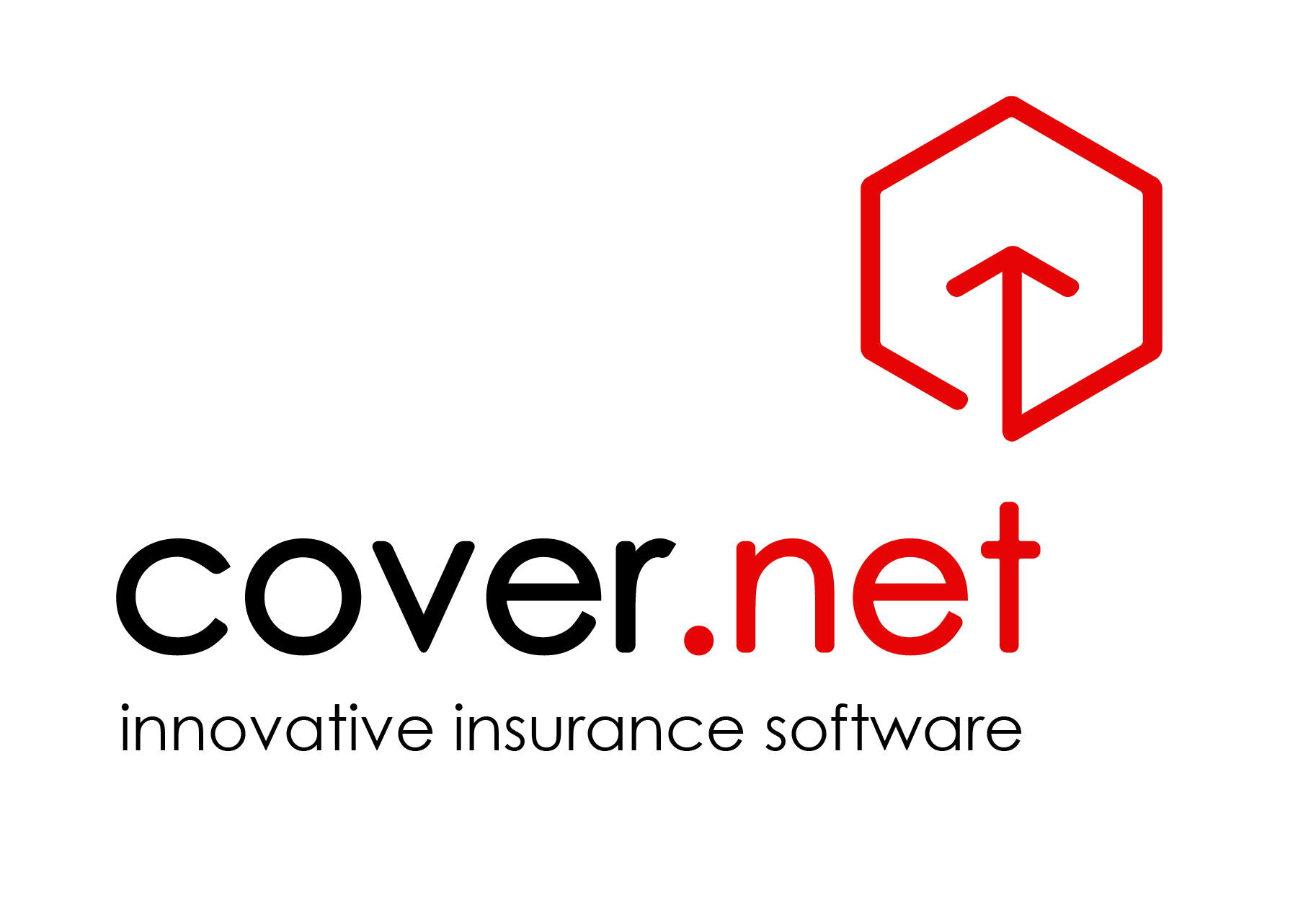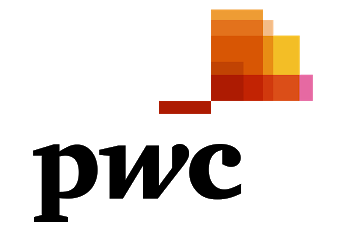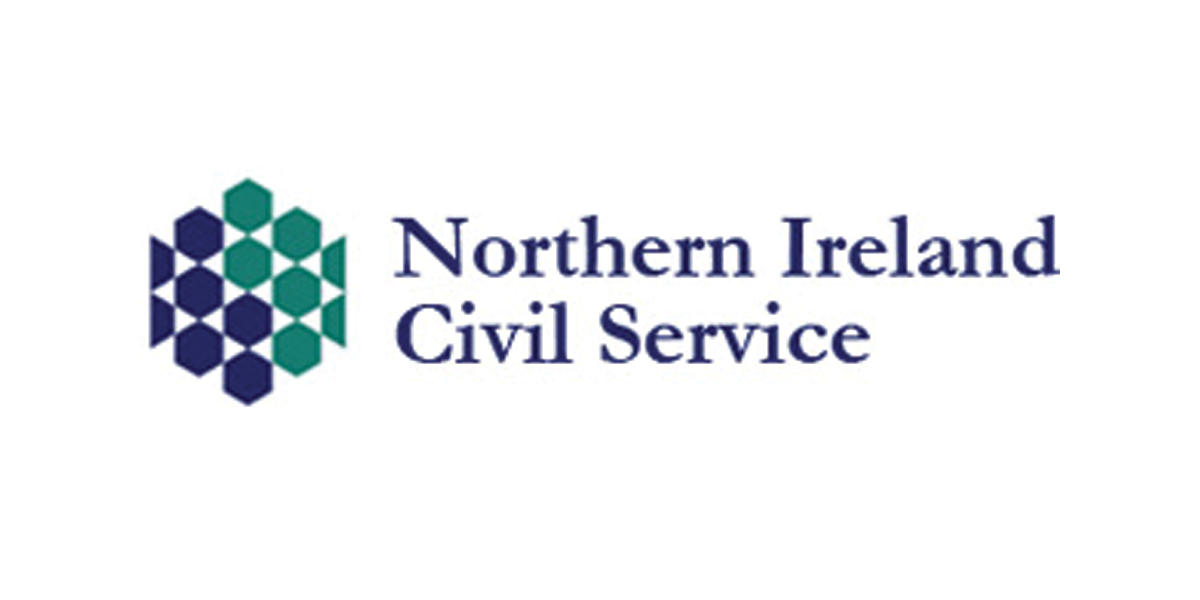Is your webinar presentation high impact?
If you’re thinking about any of these things:
- #EmployeeEngagement 👩🏽💼👨🏽💼
- Sharing your research 📚 or
- Marketing your product 📈
then I’m pretty sure that you’ve hosted a webinar presentation at least once in the last month. So you already know that your online audience is a tough crowd!
They have a wide choice of online events. And many distractions to drag them away from you – email notifications, social media, homeschooling – the list is endless. If you want to grab their attention and keep them engaged, then you’ll need to think about delivering your webinar presentation differently.
Here’s an event that we ran recently to show you how to build impact. Think like a TV show and:
- Structure your content for maximum audience value
- Keep your audience’s attention with characters that resonate
- Build your credibility quickly so that your audience views you as the go-to expert in your domain
Use this video together with our event on online presentations to deliver a webinar that has the impact you want on your audiences.
Webinars that Work Transcript
I’ll set up the session for you and give you a little background to how important our webinars are and what you want to achieve with them, and then we’ll take a little look at how to actually open and close your webinars. The key moments where you’re helping your audience and you’re also sending them off into the sunset with something memorable. How do you do that effectively? Content hacks that have really well for me over the last 12 months or so. Structures. How foolproof webinars are structured.
So why am I even talking to you about this today? Well I am a public speaking coach. Together with my business partner Sarah Travers, you can see both of us up on the screen there in front of you. We are Bespoke Communications. I’m a former stockbroker and software developer, and I now take my experience of working in a high stakes environment with some of the world’s largest companies, so that you can take those learnings into your next event or presentation. As a self-confessed introvert I’ve walked the walk of terror myself up to a stage – and I’m still here.
So what I’d like to do in this event is to help you to avoid some of the mistakes that I’ve made, so that you can look brilliant in front of your next webinar audience. Now my social media handles are on the screen in front of you if you haven’t connected with me already I’d love to hear from you on LinkedIn. It’s my platform of choice, or you can follow my company Bespoke Communications. We post content all the time about public speaking, virtual communications, webinars, better communications with your teams. That’s what we talk about on our social media platforms, so you can chat with us on Twitter @bespoke_comms.
I always like to make sure that at the end of the event you’ve got something actionable. So as we go through the session today if you have a piece of paper in front of you and a pen I would love to know what action you write down across the top of that page. There will be something that I say today that will make you think differently about your next webinar and I would love to know at the end of the session what your takeaway actually is.
Visibility and credibility
So for your next webinar here are the three questions that your audience is asking why should they do whatever it is that you’re suggesting why should they. Ellie Francis I know that you’re with us on the call today and I see that you’ve got a webinar coming up on Why should your audience use social media for their next recruitment drive? So why should we do what it is that you’re suggesting, the next thing is why should they do it with you and why should they do it now. They are the three questions that are uppermost in their mind. So what you’re really doing is addressing questions of visibility for yourself. Why oh why have you even got this audience assembled in the first place. And credibility. Why you? Why are you the authority on this? These are the questions that are at the back of your audience’s mind so it’s up to you to addres.
But the key question is of course is WIIFM. What’s In It For Me? And this was really underpinned for me in the last couple of weeks. I was working with a HR Director. She’s put together a really really fantastic L&D initiative, a learning and development initiative, around the leader as coach. So she really wants to work with her senior managers and senior leaders to develop a coaching style of management.
And for anybody in the learning and development space, obviously coaching is a wonderful style it’s hugely transformative in the way that it proceeds. But we really needed to go back and ask the questions that our audience would be asking. They’ll see a webinar entitled ‘The Leader as Coach’. They’re really thinking”Well great, but what’s in it for me?”. So to do that we really needed to get inside our audiences head and think – what was going on in their world, what would be their key driver, what would be the main reason for them to give up 45 minutes or an hour of their precious time to sit on yet another Zoom call to attend a webinar. So really what we looked at were the reasons why they wanted to become a senior leader or manager in the first place.
Which really was to drive the strategic direction of the company, to get involved in exciting projects. But so many of them spent their time, as they called it themselves, in the weeds dealing with day-to-day issues, answering team queries, answering queries from other parts of the company, helping people within their team to address their skills gap. They spent so much of their time doing that and not the big picture stuff that they’ve become a senior manager for in the first place. So we reframed that webinar around ‘reclaiming your slot as a senior manager’, a little bit more of a driver for your audience to attend that webinar them to attend a session on ‘the leader as coach.’ The reasons why they actually want to become a leader in the first place, so they’ll ask what’s in it for me?, why should they turn up?
Know your audience
This was underpinned for me last Friday night when I played a game of 30 Seconds. For those of you not familiar with this wonderful game, go out and buy it it’s a good family fun game. I was on a team with my 16 year old son. On the other team was my husband and my other son. And the object of this game is – you have 30 seconds, you flip over a card that looks like the one that you’ve got on the screen in front of you. You flip over a card and in 30 seconds your job is to describe the things on that card to your team-mate in a way that makes some guess them really quickly. So you want to get as many of those five items in your 30 seconds as possible.
So as a communications coach you think, “right, easy, right, I’ve got this one nailed.” So I flipped over this card and with a certain Royal interview ringing in my ears, the first one that I picked off the card to describe to my 16 year old son was Princess Anne. So 15 seconds later he’s finally guessed Princess Anne and we can get on to the rest of the card. May I just say my husband and my other son won that round and as soon as that came through my 16 year old gave me the advice that I give to my clients all the time. He said “Mum, know your audience.” So if I picked the chocolate bar that he loves to have every single day with his lunch that might have – in 3 seconds he’d have guessed that one. I would have nailed at least four items on that card, but unfortunately I went for the one that was easy for me. So know your audience and know what’s going on in their world. Know what headaches, what pain points they have, and make sure that your webinar addresses that.
But probably even more compelling than that is understanding your audience’s goals. What’s their big picture vision? How do they see themselves? Where do they want to be? That’s possibly an even stronger motivation than going back to their pain points. If you can really position yourself. A little bit like my HR Director. She had this fabulous team of senior leaders around her who are spending their time not being a senior leader, and not being very happy about that. So we needed to appeal to those goals, to that vision, to that reality that her managers wanted to occupy in order to persuade them to give up their time to come along to a webinar.
So this stage it would be really great if we could launch our first poll. I would really love to know who is in the room with us today. If you’re thinking of running a webinar, what’s the important thing for you? Are you looking at employee engagement? Do you want to share your expertise? Maybe you’re a technical expert, maybe you’re selling or marketing your product. I’d love to know what that is for you. I’ll give you a few seconds to do that and while you do that, what I’d like to ask you all is ‘What inspires you?’, ‘Who inspires you?’. And by that I mean think of your webinar as a TV show. So if you’re running a masterclass like I am today, well you know what, your format may well be a little bit like the news bulletins that you see every evening. The pros of events like a masterclass is that they’re really easy to schedule and plan, because it’s just your diary that you need to organise. The challenge of a masterclass is of course that it can be difficult to keep your audience’s attention for 30 minutes. So it might be as well to run that with two people. This is my lovely business partner Sarah and I hosting an event recently, although I can see from the fringe that it was BC, it was Before Christmas. Because with lockdown haircuts and all of that, I no longer have a fringe!
Webinar presentation as TV show
So think about what the goal is of your webinar. And be inspired by those TV shows that match that format. For a lot of you, today’s event is all about showcasing your expertise. We also have some employee engagement folks in the room, and we also have some marketers, so I’ll speak to all three of those needs as we go through the session.
Your next thing is, well, if employee engagement is your thing, and for many of you it is. Maybe a game show format is what you need to think about for your webinar! Here is William Redpath of Manabu Learning running what looks like a Cluedo game for teams. I think his social media post said that this was for teams in Belfast, London and Chennai. So global teams. Bringing everyone together for a little bit of light-hearted fun. Our very own David Meade here in Northern Ireland has really moved his corporate entertainment events into the next level. I attended a fabulous session of his last Friday night, so really all about engaging people from remote locations. The pros of course is that it’s a change and gets people talking. The cons are that you need a professional facilitator very often to pull that off.
And the final format, and if you are in HR or employee engagement, there is nothing better as a listening post than a good old-fashioned panel event. And for that the inspiration that I’ve drawn here is we won’t be chewing one another’s heads off like they do on Question Time, but that type of panel format where you bring people together from around the organisation. You tap into their experience and expertise.
The pros are that you bring together such a variety of voices, it keeps everybody entertained, keeps everybody engaged. But because you’ve got a skilled moderater asking the questions that encourages audience questions and interaction like no other format. The cons are of course when you’re bringing people together, don’t even think about doing that without a rehearsal. So there’s a little bit of about planning required and you may well want to engage the skills of an experienced moderator. This possibly is the highest engagement format that there is. There’s nothing like a good old fashioned panel event.
So if that’s you hosting that panel event, or as many of you are showcasing your expertise, you’re the host. So don’t even think about doing it alone. I have my Wing Commander with me today to help me to do all those things like managing the waiting room, managing muting, manage pols, and if we have breakout sessions I mean you would be doing that too. So it’s too hard to walk and chew gum. Make sure that you’ve got somebody there to support you as you run your webinar.
So if there’s anything that has given you some ideas to think about formats for your next webinar jot that down. And let me explain to you the three things that you can think about now as the host of your own webinar event to make sure that you have the impact that you want.
Your webinar presentation – Open and Close
Your Open and your Close. So you’re opening your event. Here’s a five step framework that you can drop your content into to make sure that your event opens consistently. Make sure that your audience knows why they’re there and what they’re getting out of it. So after arriving, you’re setting the tone. Here you’re setting the atmosphere. Make sure you’ve just got a little bit of chat ready as they’re filing in from the waiting room. You don’t want everybody arriving into stone cold silence.
But you know if you’re like me, and you are one of those introverts, and the old banter doesn’t necessarily just come to you in the moment, plan your banter. Because I’ve sat on these very large meetings on occasions where it’s literally two people having a conversation and 48 people observing. So make sure that it’s an inclusive type theme or topic that you that you address at the top of the session. Choose something that may get a smile onto their face. So think about setting the tone and setting the atmosphere before you even open your mouth to start talking about your topic. Because to build that trust and engagement – before they decide what they think of your topic they’ll decide what they think of you. Make sure to have something planned to just get that room warmed up.
Next. Be definite. Think Huw Edwards. Think Sophie Raworth. Think any of our great newsreaders from RTE. Greet your crowd. So at the top of today’s session I definitively greeted you with and you will choose your own greeting, whatever format works for you, but make sure your audience knows why they’re there now that you’ve gotten started. ‘Hello everyone and welcome to your event on Webinars that Work.’ After today’s event, you will walk away with a playbook that will help you with every webinar you ever deliver.’ So whatever your event is, think about your audience and Whats In It For Me. What’s the benefit to them? Keep them engaged, keep them with you. So make sure that they understand what it is that they are there to get out of the event.
Next step, really important in today’s times. Make sure you get your data protection and privacy locked down. So just have a statement prepared. Is your event being recorded? Where will it go afterwards? For this event today you will get an emailed link to the recording of today’s event. You can feel free to share that, because this is a publicly available open event. If your event is being kept within a closed group, let your participants know. But make sure to have that data protection statement out there in advance at the very top of your session.
Let your audience know how they can interact with you. If it’s literally a broadcast webinar, let them know if you’re interacting on the chat. Let them know if you’re allowing people to hop on and off mute. Tell them. Make sure that everybody understands the ground rules for the session. And actually if you are running a question and answer session at the end, it might be as well to have a few backup questions at hand in case nobody actually steps forward and tumbleweed starts to run through the event. So have a few prepared questions if a Q&A session is a key part of your event.
Then you need the introductions, its that credibility piece again. Why are you the person hosting the event? Or if you’ve invited along a guest, like maybe on a panel in a panel session, or maybe you’re interviewing a guest, well this is the point at which you make your guest look brilliant.
So that’s your five step opening. Your webinar sequence if that looks interesting to you we have a little infographic on Bespoke Communications that we’ve drawn up, that we give out to our clients on that very topic. You can go to our website and click on insights, click on resources and you can download your webinar playbook and that five step framework is outlined there for you in glorious technicolour detail. That’s available to anybody on today’s session completely free of charge. So that really is how you open the event, how you set the tone, how you set expectations.
What about closing the event? We all are familiar with the idea, right, that you’ve told him all this wonderful stuff. What do you now need your audience to do? What’s your call to action? So if I think back to my HR Director recently with her event on ‘Leader as Coach’. Very explicitly, she needed to ask everyone to ‘When this webinar is over log on to XYZ Internet that we use internally and book an appointment with HR to get access to this new coaching plan, to this new wellness plan, whatever your event is about.’ That’s fantastic, but what you can do to supercharge it again, thinking about WIIFM What’s In It for Me again, with a slight tweak in language, I guarantee you’ll get an even greater conversion rate on your event. So thinking, putting yourself into your audience’s head, and outline the benefit to them of your call to action. And then you suddenly changed your call-to-action into a call-to-value. So there’s a slight tweak in language here, not much but it absolutely makes the difference between having 50% of the attendees rush to get their appointments booked to perhaps 55% or 60% . You’ll definitely notice an uptick if you change the language from call-to-action to call-to-value. If you like 24 access to everything you need for you and your family’s health – so in other words a wellness plan. But here’s the benefit again. The benefit is its 24 hour access to everything you need. Then log onto the Internet and book your appointment today. Tiny tweak makes a huge difference. So that’s how you open and close your webinar.
Webinar presentation – content hacks
Here are little content hacks that you can think about. At the top of the session I talked to you about the idea that your webinar is all about your visibility and credibility. So these are little content hacks that you can use to big up your credibility. First of all speak their language. Secondly social proof. Thirdly, and probably the biggest one is telling stories.
So speak their language. If it sounds like writing, because you’ll write this beautiful script and it’ll sound like, honestly, WB Yeats or the most perfect piece of literature you’ve ever heard. Ditch it and get conversational. Use the language of your ideal client, of your trickiest team member. Here’s a little piece of marketing from a company called Ahrefs. So they wrote out that their software is all about enabling marketers to achieve their search engine optimisation goals. They’re thinking of their target market, which is marketing directors, marketing executives. For everybody working in marketing, Search Engine Optimisation is a big deal. But they actually got inside their target market’s head and thought, ‘these folks working in marketing, they’re doing multiple things, SEO is just one part. They’ve got to stay on top of their email marketing, that got to stay on top of their social, they’ve got to stay on top of other strategic directions in the company. Unfortunately as we all know with Google, those algorithms change on a daily basis. So it’s really hard to stay on top of things. So Ahrefs changed the language and immediately saw an uptick in the number of people who took advantage of their offer. ‘With Ahrefs, you don’t have to be an SEO Pro.’ So what we’re really saying here is you don’t have to be reading Google blogs every day of the week in order to rank higher on Google and get more traffic. We’re going to do that for you. Speak the language of your target market. Go back to those big picture goals, you know, do they see themselves sitting on a beach, do they see themselves climbing mountains? Do they see themselves changing the strategic direction of their company? What are their big picture goals? What is their self image? And speak their language.
Here’s another one. Supercharge your front-end skills by building real projects. Join our empowering community, helping each other get better. It’s good, it’s absolutely good, perhaps a little too lovely. So they changed it to ‘improve’ who says ‘supercharge’ anyway, only a marketing person. ‘Improve your front end skills by building real projects.’ And then this brings me nicely on to my next thing. That lovely piece of social proof right there. ‘Join 22,000 front end developers.’ They can’t all be wrong. Testimonials as social proof. Lots of things to think of here but your testimonials are absolutely key. There this is Nicholas Nasser Taleb, the famous author of the best-selling book ‘Black Swan’. He’s written another book recently called ‘Statistical consequences of fat tails’. Looks to me like it’s the same book but for a different audience, but what do I know anyway? I would expect that The Economist would have read his book, and I would expect The Economist to be on the fly jacket of his book, with something like, ‘An iconoclastic tour de force.’ But what caught my eye was Dan from Prague who said, ‘The problem with Taleb is not that’, excuse me this is not my language, it’s Dan from Prague, ‘is not that he’s an ********. He is. But the problem with Taleb is that he’s right.’ So as an established author, which one of those testimonials is it going to be easier to put into your into your webinar about yourself? It’s kind of hard to stand up and say ‘Hi, I’m an iconoclastic tour de force’, versus ‘Dan from Prague think I’m an ******* but he also thinks that I’m right.’ So how do you actually give out those testimonials in a way that doesn’t sound like you’re bragging?
Social proof and influencers. Has somebody important in your industry talked about you? I attended an event recently with PR guru Grainne McGarvey of Pulse PR. She talked about the facts that BBC Radio Ulster had, let me see I wrote down what they actually said, I wrote down the language that she used, what she says. ‘BBC Radio Ulster says that her company Pulse PR offers a fantastic service for media professionals, and I love working with them.’ The Belfast Telegraph counts Pulse PR as the go-to agency for quality stories. So it’s nice to hear what those influential voices are talking about. Here is local Belfast company, FinTrU, a local fintech success story. Guess what, the most influential publication in finance, the Financial Times has said that FinTrU is one of Europe’s fastest growing companies. It’s in Europe’s top 500 fast growing companies. That’s an influential voice talking about you .
Social proof – customer market share. Here is Decision Time, government software specialist Decision Time. They have a 99% customer retention rate. That’s world beating. You can talk about those stats. These are the content hacks that will build your credibility.
Awards. I mean my lovely wing commander here today, Eileen, runs the beautiful Buff Day Spa right in the middle of Dublin city centre. So when lockdown lifts and you’re on your way to Dublin, think about popping in. Right beside the Gaiety Theatre, opposite St. Stephens Green Shopping Centre. They’re fabulous. Just check out this team. They are winning awards right, left and centre. And here they are lifting their latest gong before lockdown. If you have awards mention them. With social proof you’re taking away the risk for your audience.
And don’t forget to tell stories. Those storeys are absolutely key. They will illuminate everything and if you can tell stories of real people, not Amazon or Google, or you know fabulous case studies that you’ve lifted off the Internet. If you have stories of your clients, of real people, that’s what will make the difference.
Webinar presentation – structures
And the last thing I want to talk about before I leave you is structures. Time is an issue for everybody online nowadays. We moved from a world of three dimensions body language, chitchat in the room, to a world of two dimensions . Across the screen it means you need to be really disciplined with your structures. Here are some structures that will work for your webinars.
First one. Masterclass. Pretty much the one that I’m following today. Why are you here? Point one Point two. Point three. Call-to-value. Goodbye. Short sharp and sweet. So thinking Sophie Raworth. Thinking Huw Edwards. Thinking Eileen Dunne. Get that nice credible masterclass out the door.
If you’ve been asked to deliver a longer masterclass, and some people are, for a smaller closed group audience. Well your structure needs to be a little bit different, you need to maybe introduce a little bit of variety to your delivery. So starting again with why you’re here. Maybe a bit of a chunk of content – say fifteen/twenty minutes. A short break for Q&A to allow for interaction, so you’re not just off on a monologue. And then maybe two more short chunks of content, your Call-to-Value and then Q&A. Your panel event – these can run on forever it’s tough to fit these into a time frame but you really will need to allow 50 to 60 minutes for your panel. Here’s the format – you need your leadership to get behind this panel event, you need somebody important, somebody influential to stand up and say this that this matters. Because that sets the tone for everybody who comes. Remember, this is a listening post to hear what’s really bothering your audience. What are the questions that are coming, so that you can tune into the mood music in the room. It’s something that’s a little bit difficult to do. You can’t do your usual walk around, if you’re working in HR taking care of people, you just can’t get a sense of where people are at any more. Panel events are a brilliant way to do it. Get your opening remarks out, have your moderator greet the room, a short introduction from each panelist. And then you’ll have given your panellists themes. You won’t have given the questions you’re going to ask, but you’ll have given them the things that you want to explore in the event. And that’s where questions draw those themes out. Don’t forget to rehearse. Interview. From an event point of view, this is like a mini panel. So it’s a moderater and an interviewee. Host greeting by you, opening remarks from leadership if that’s the type of event that you’re running. The introduction from the interviewer, you’re going to introduce your guest and then it’s about getting those questions out there to make your guest look amazing and deliver value to your audience. That also will need a little rehearsal in advance.
Live events – tons of platforms out there now. Speaking from experience, really tricky to host or manage, but absolutely fabulous as an attendee. REMO there on the left, as you can see it allows you to recreate the feeling of being at a table at a networking event. Hopin with their £2 billion valuation, on the right are two such platforms that people are using at the moment. Really fantastic.
So my final thought for the day as I send you off we just about hit the one pm mark now, is my final poll. The Harvard Business Review tells me that as I was speaking this is all the stuff that you were all doing besides listening to me, so I’m going to ask you please answer honestly. Eileen is about to put a poll up for you there and I would really love to capture some data on my audience today to see what actually did you spend your time doing. Does it match the Harvard Business Review? Has somebody been on the treadmill, or somebody been cooking their lunch? I would love to know. Please answer honestly I’ll give you a moment to do that and I would love to know too if you want to start popping in the chat box. What have you written down on your piece of paper that you’re going to try after today’s event. Again please do reach out connect with me on social.
Bespoke Communications offers public speaking courses in Northern Ireland, and virtually on Teams, Zoom or the platform of your choice.
If you enjoyed this blog post, check out our other blog posts here.
If you’d like to explore your own training and development needs, or the needs of your team, book a virtual coffee with us here.
If you've enjoyed reading about Presentation Skills then you might be interested in attending a course.
